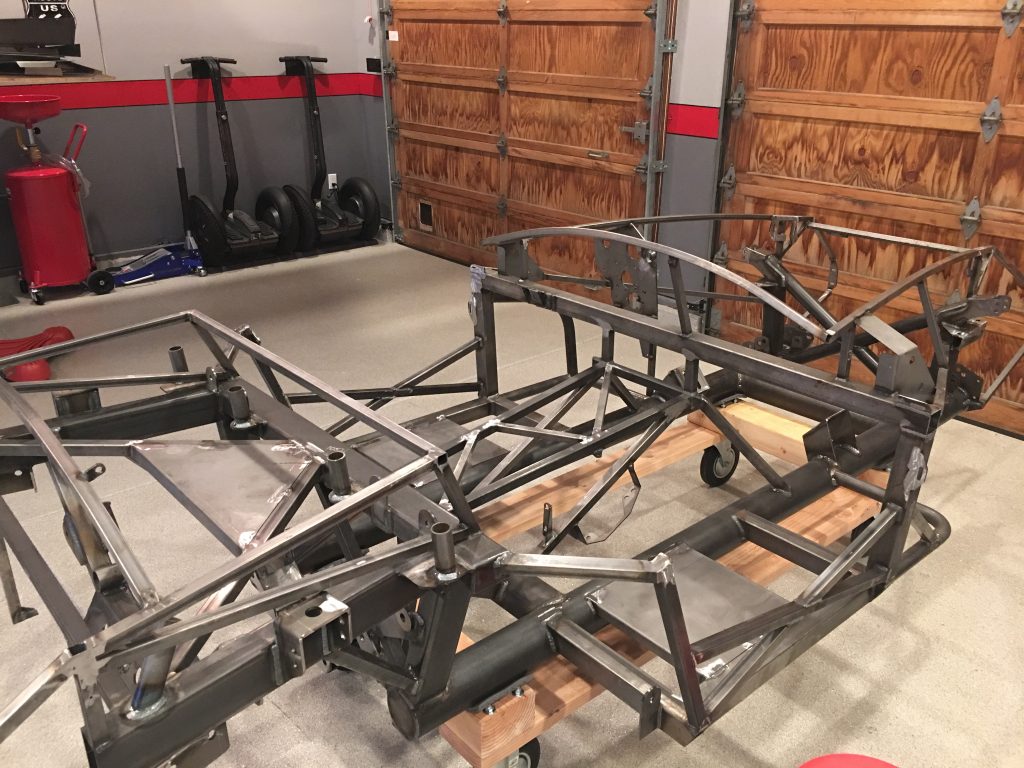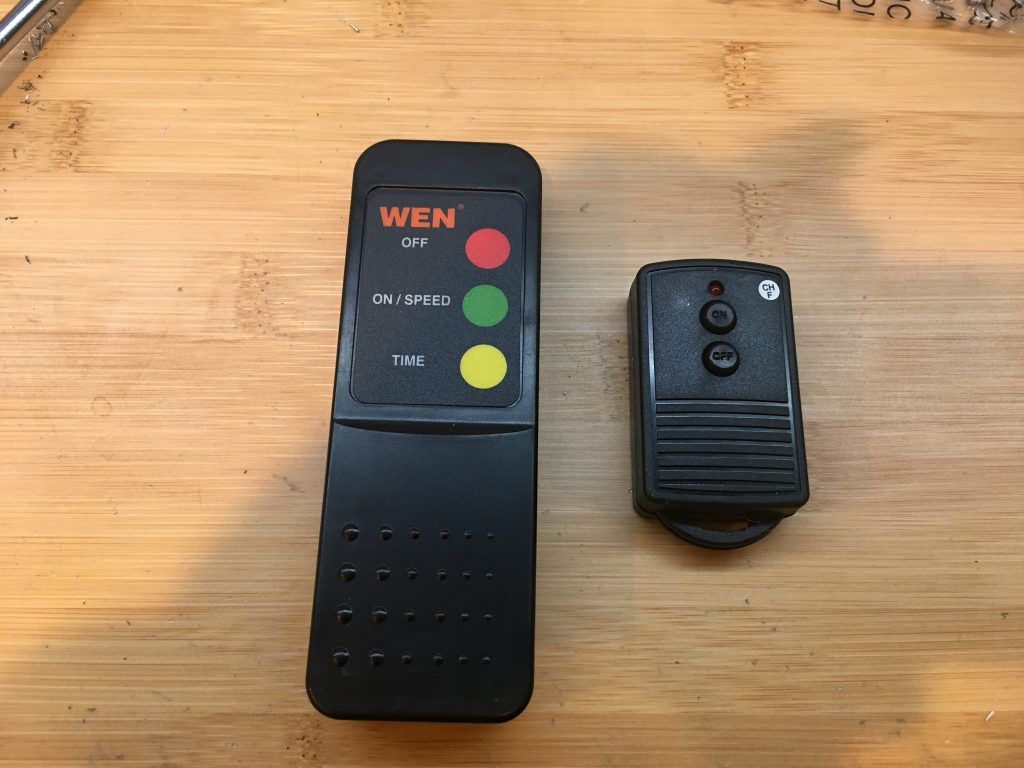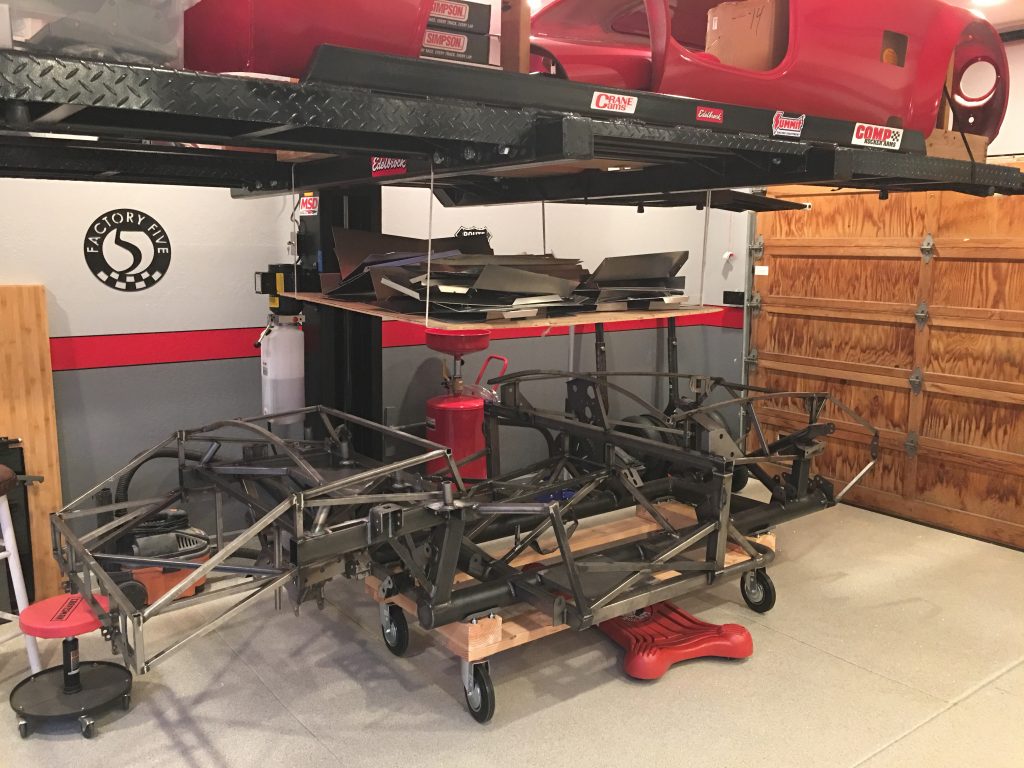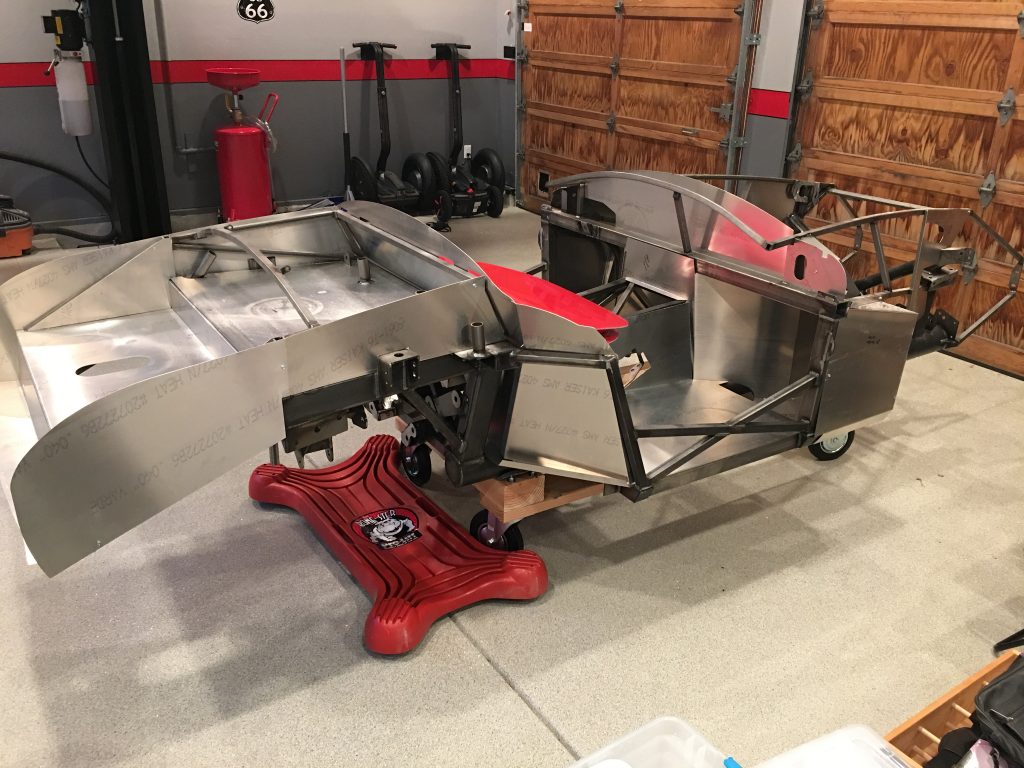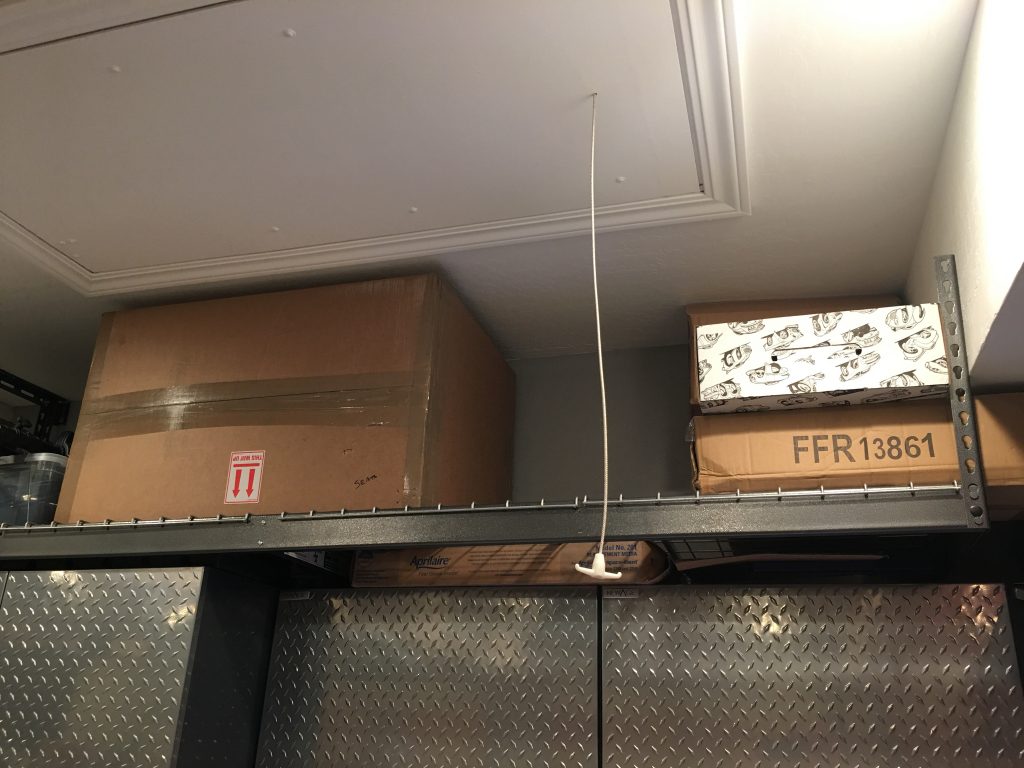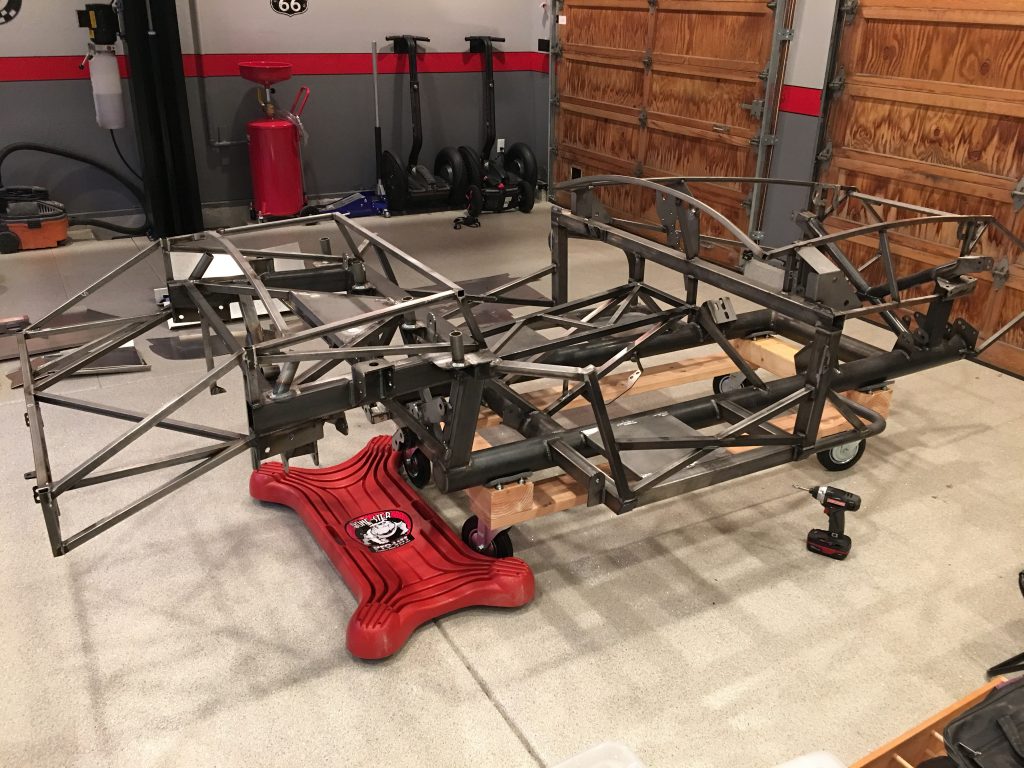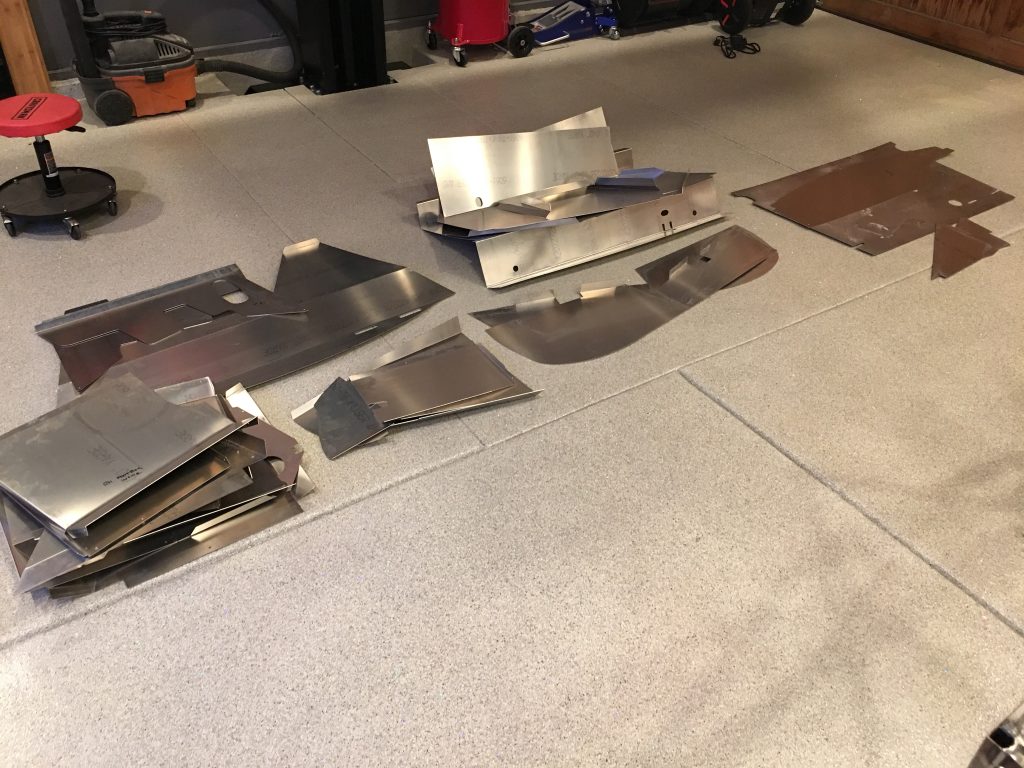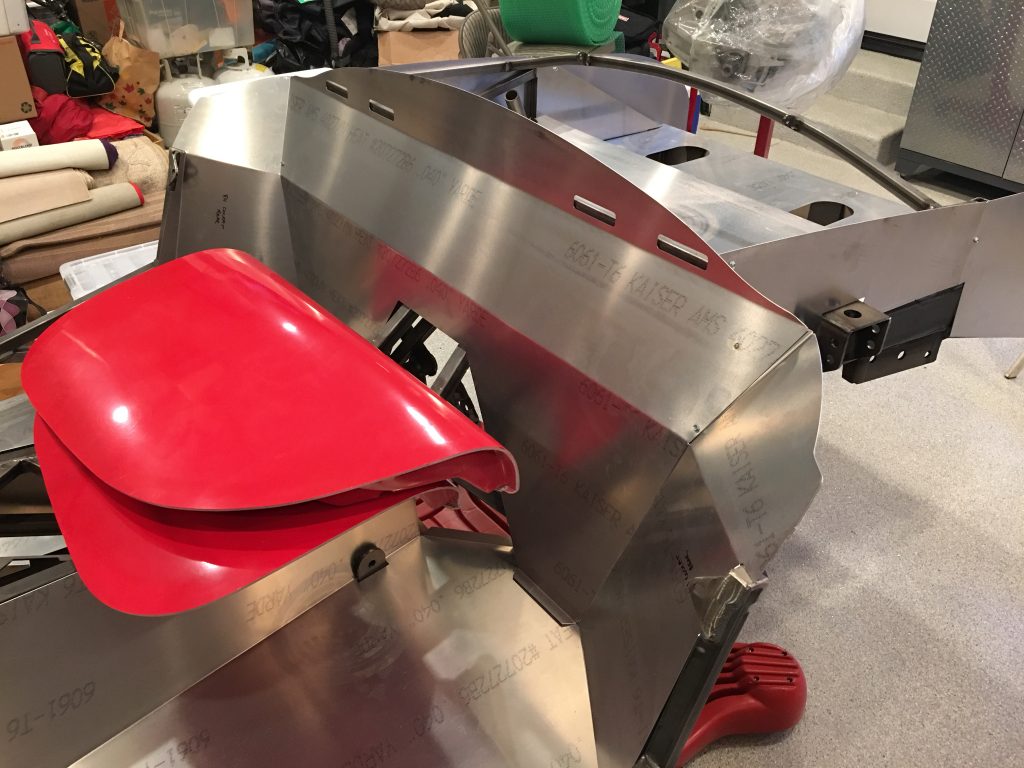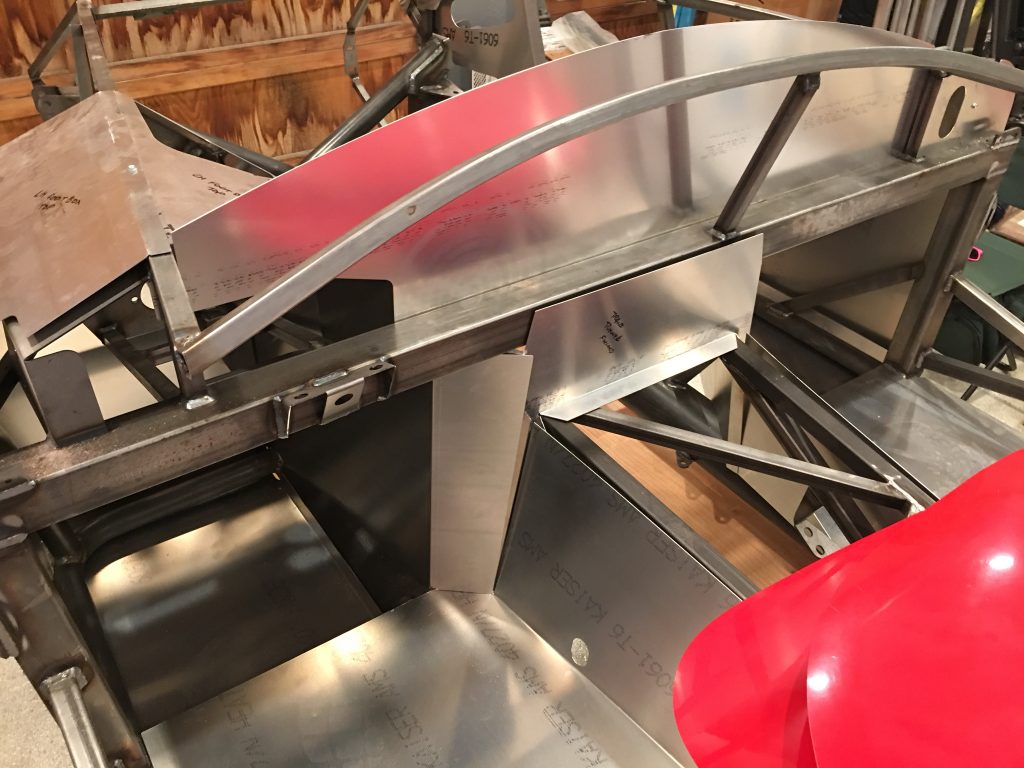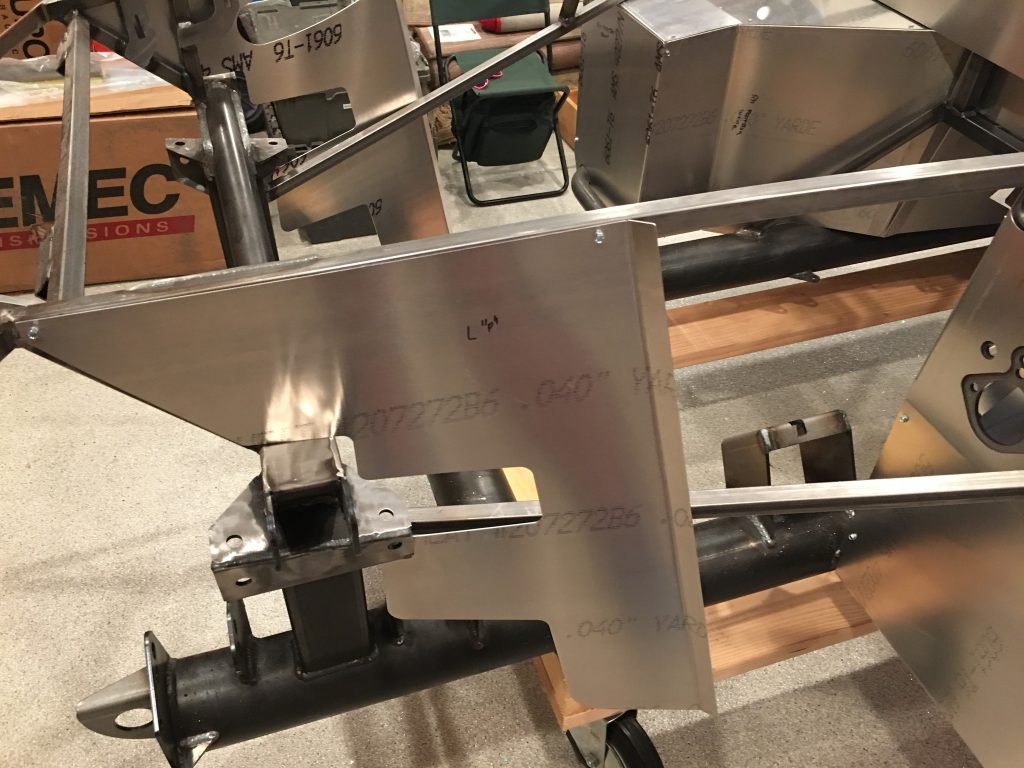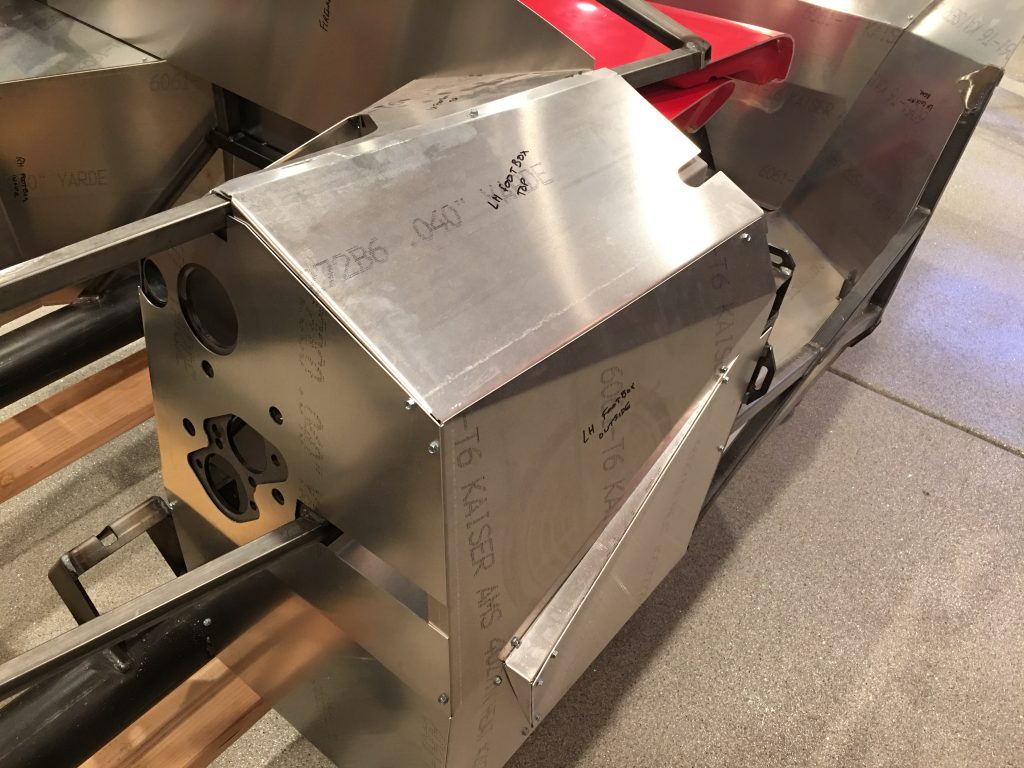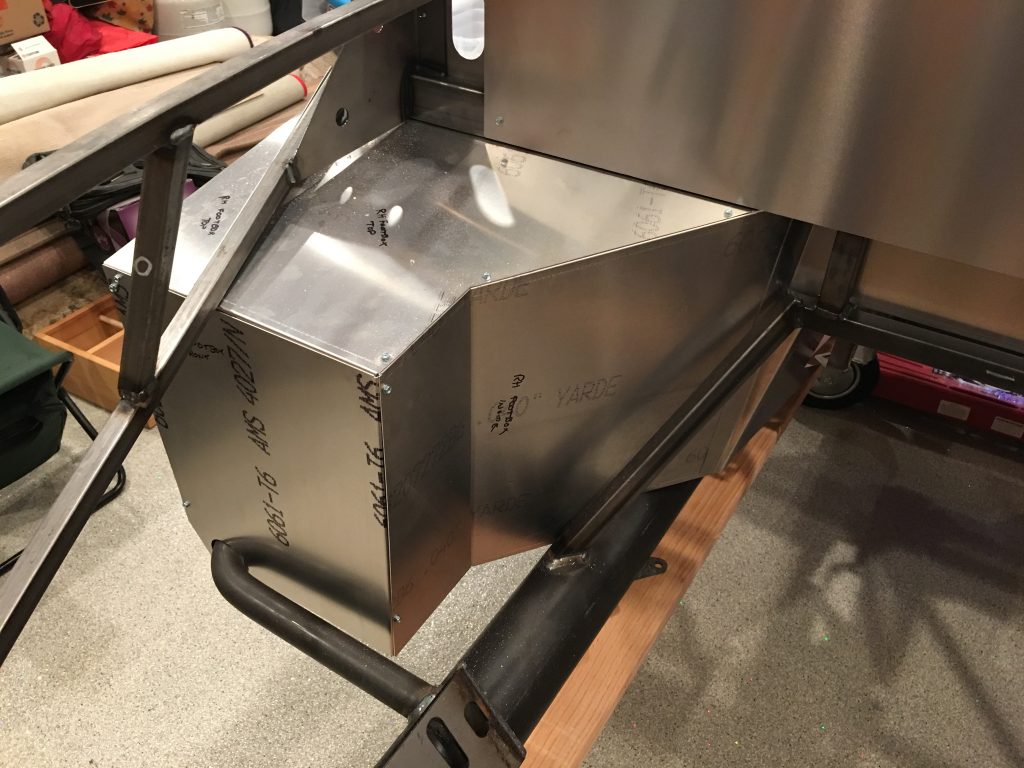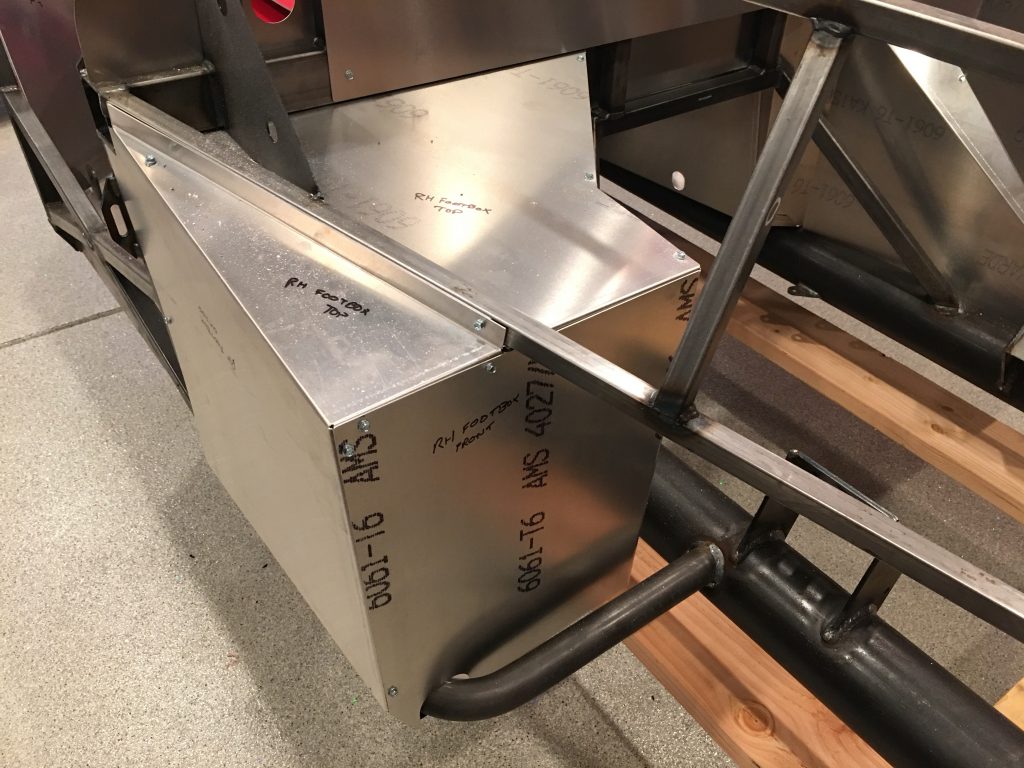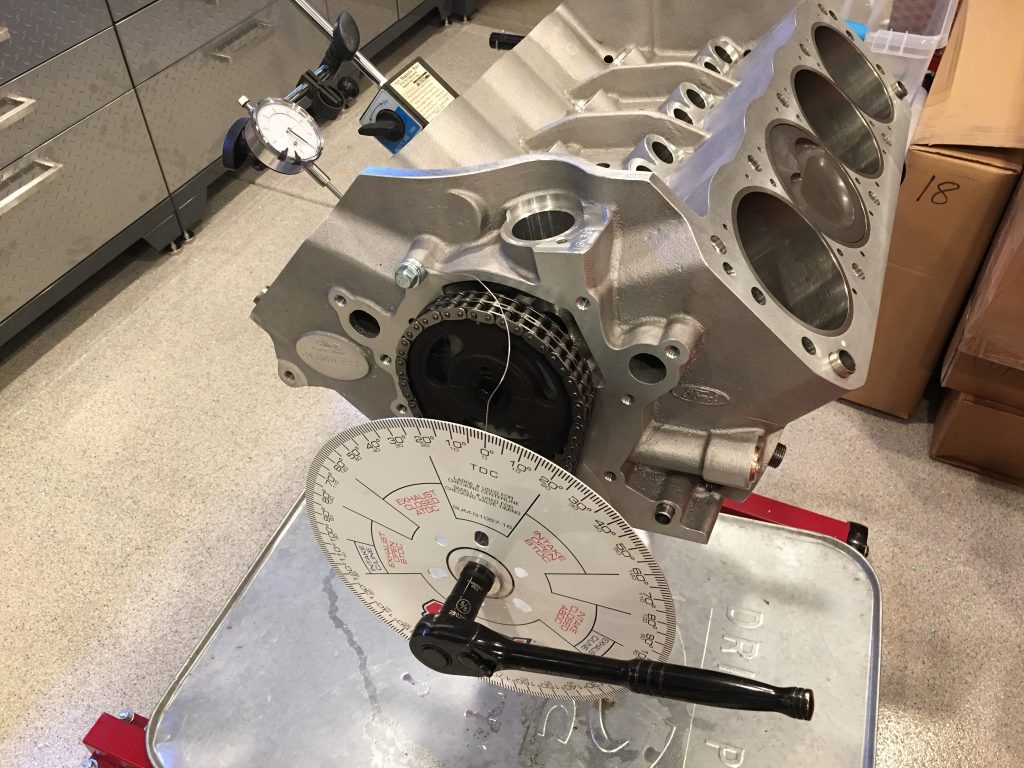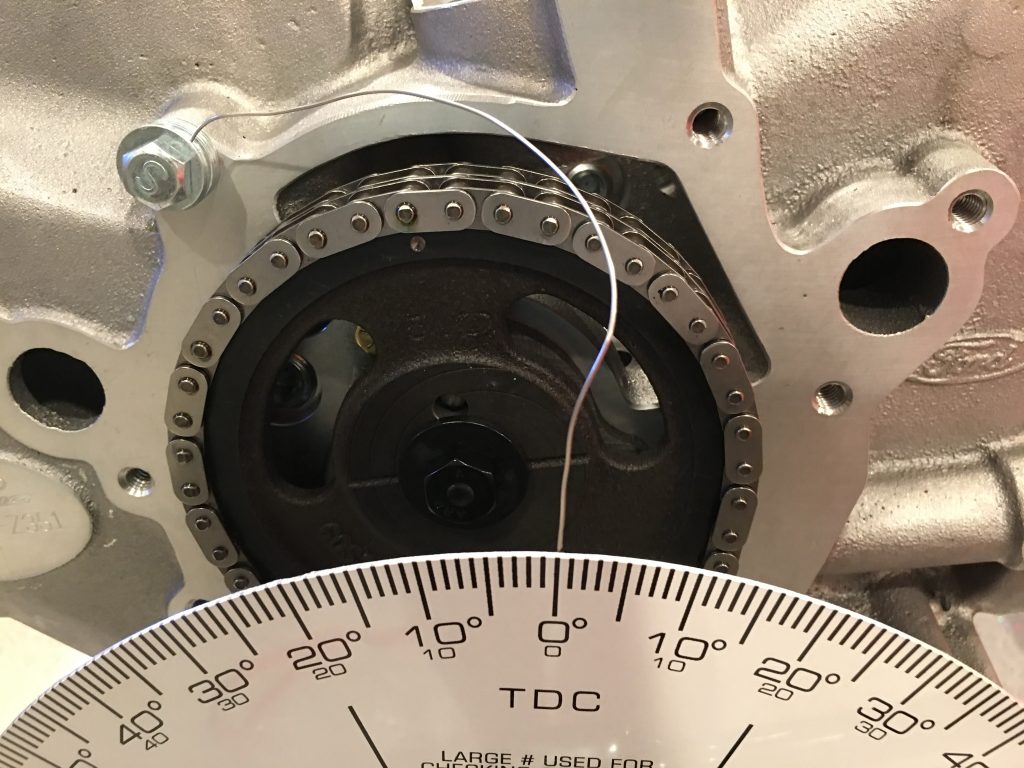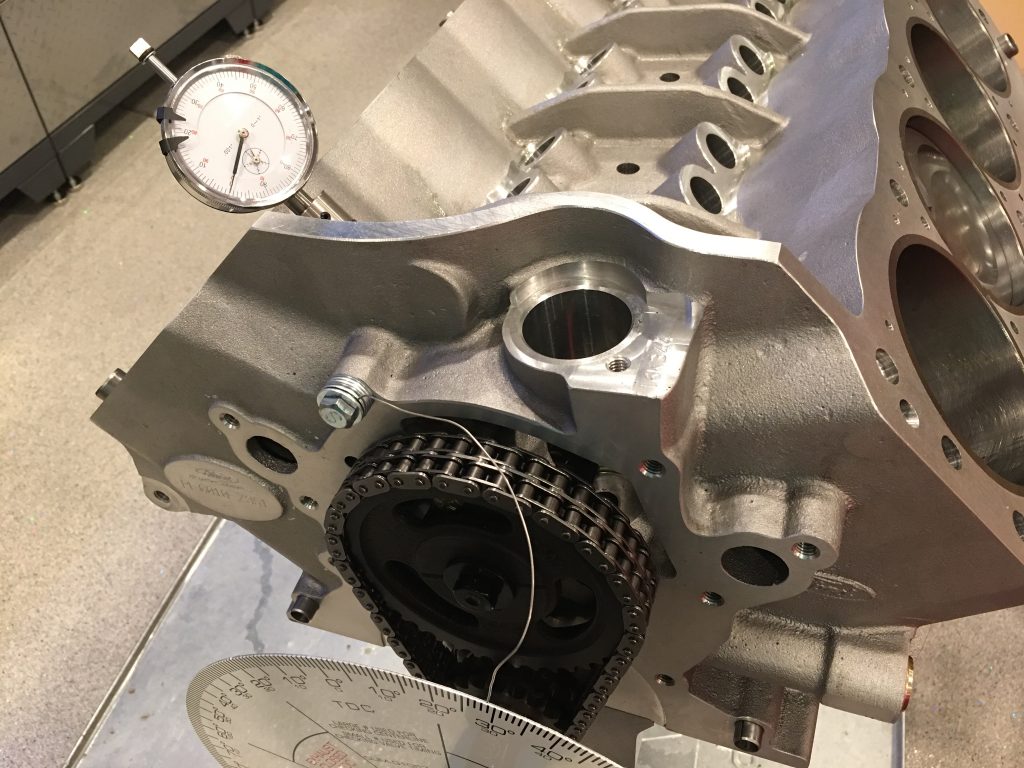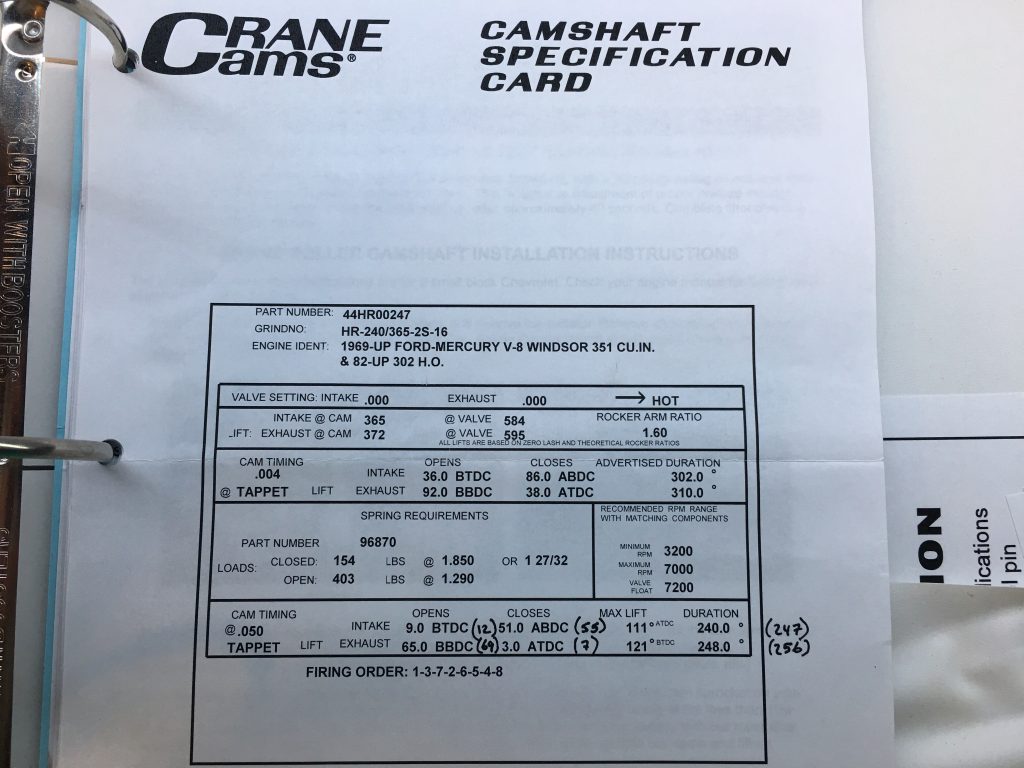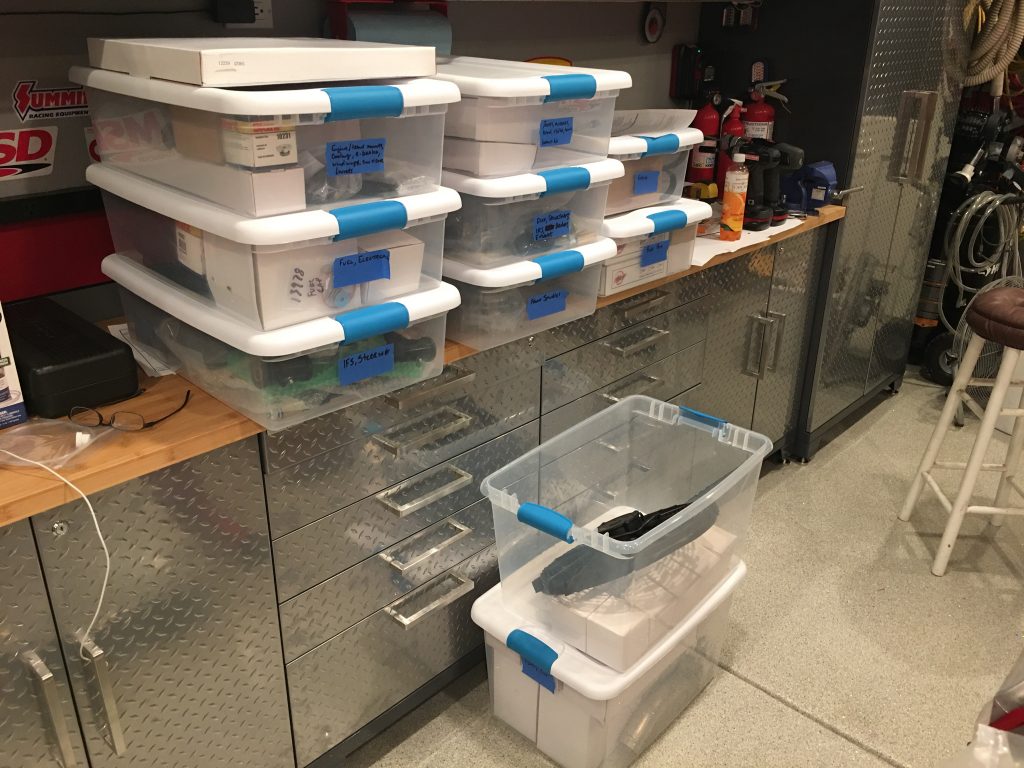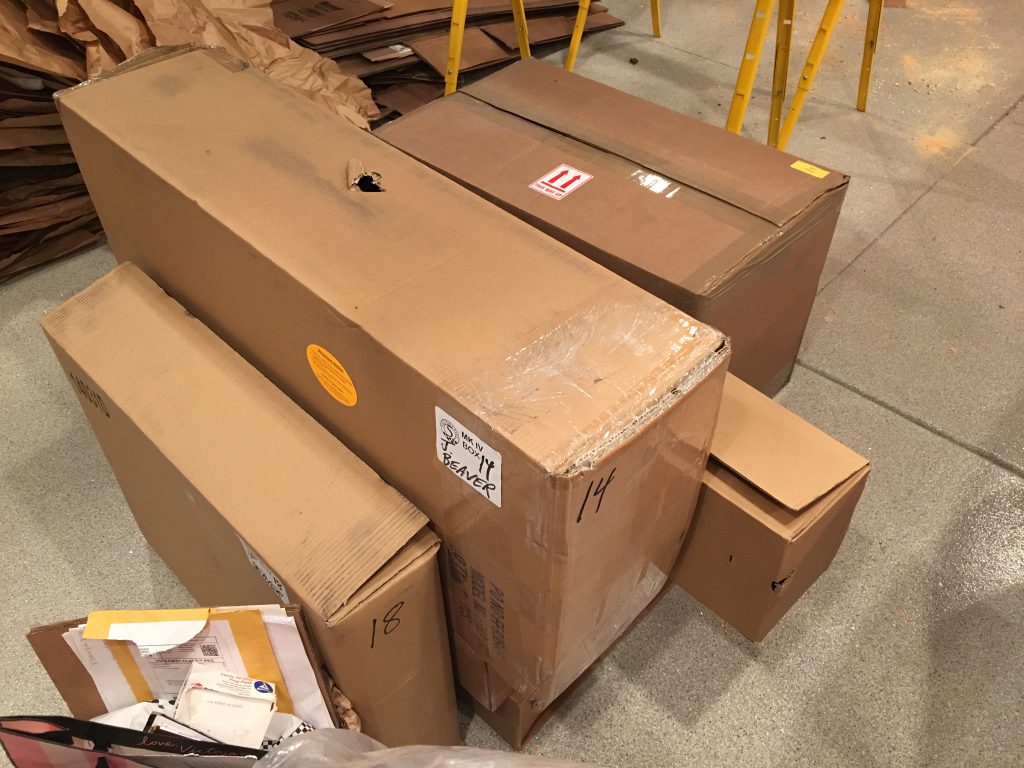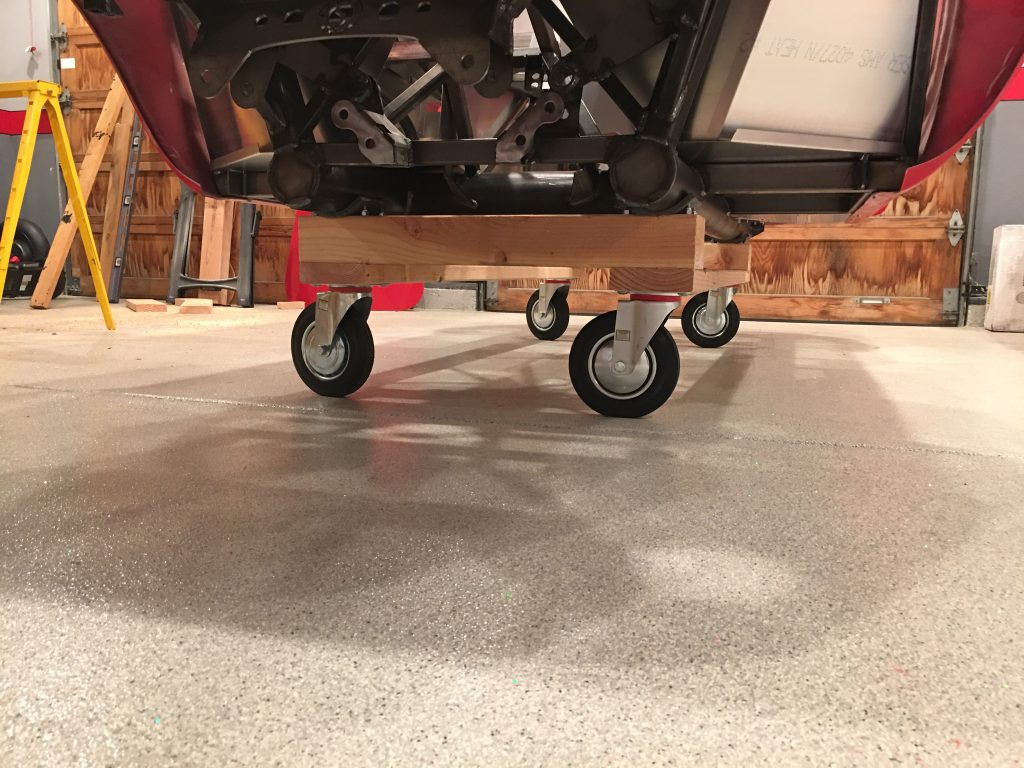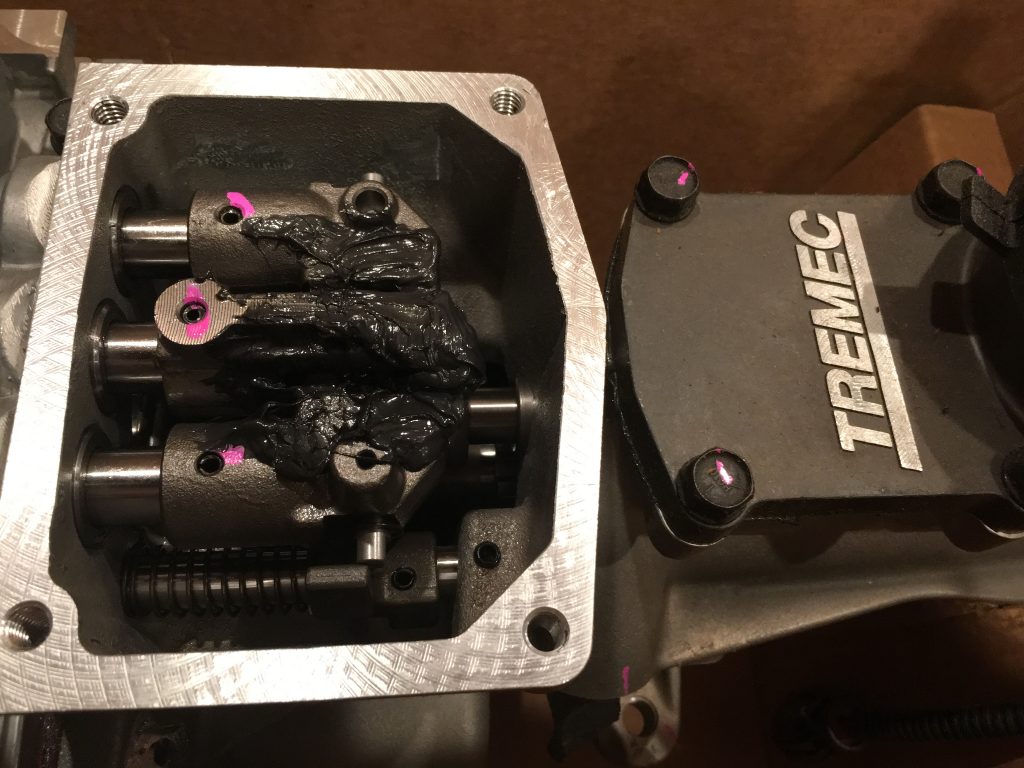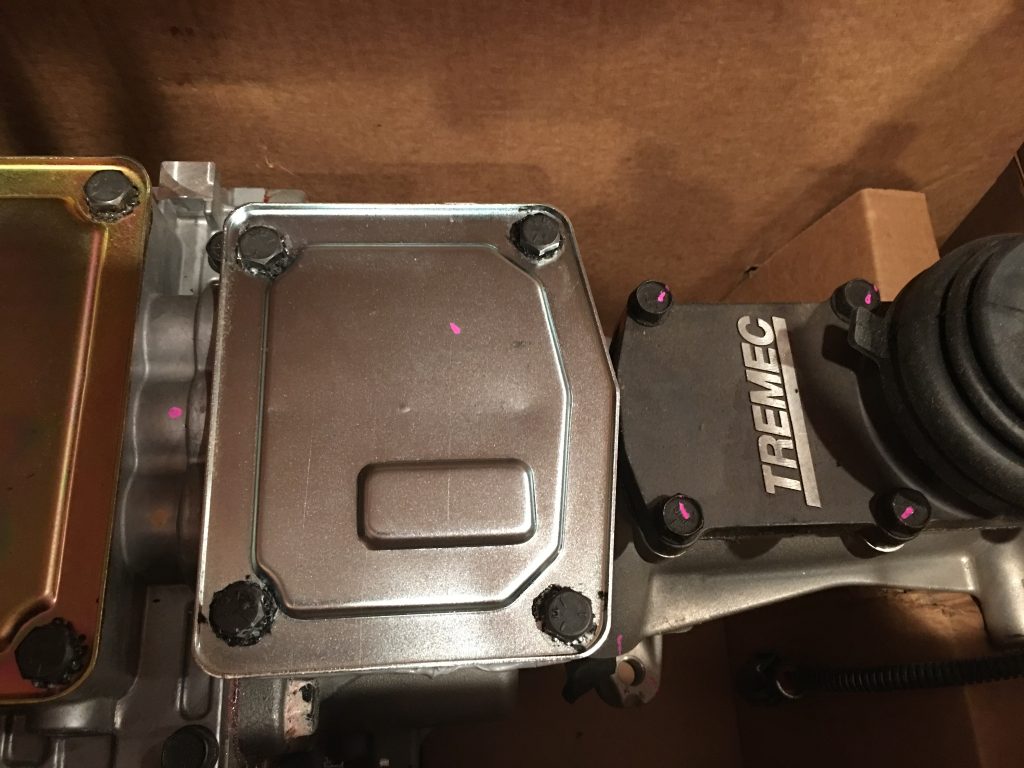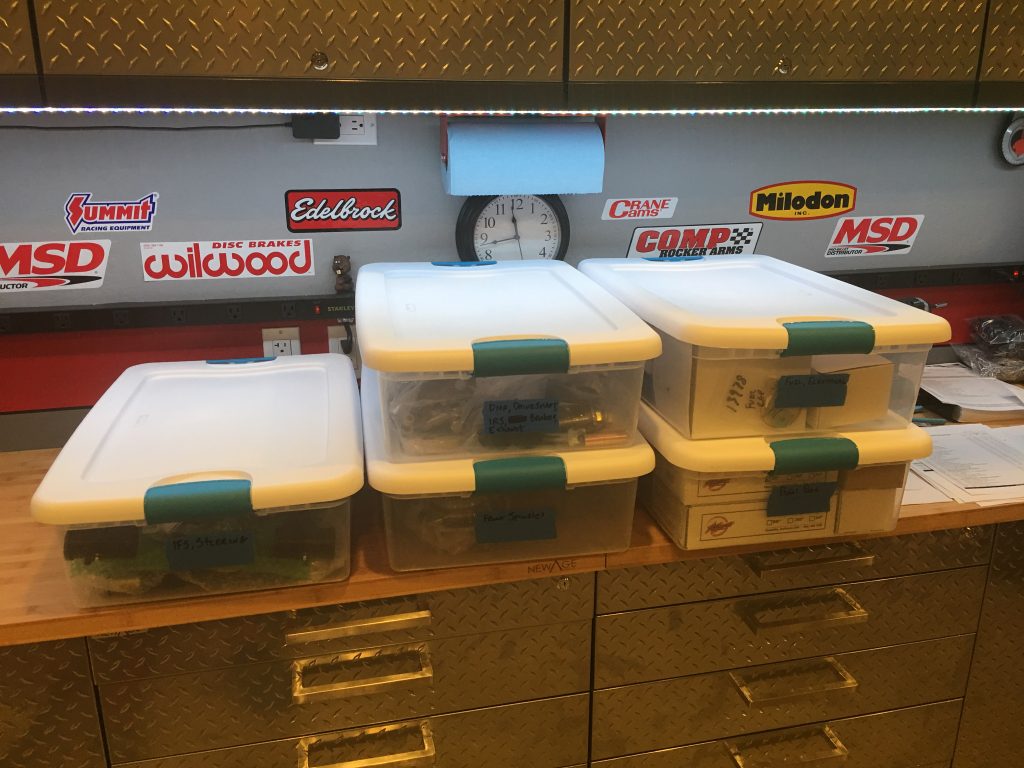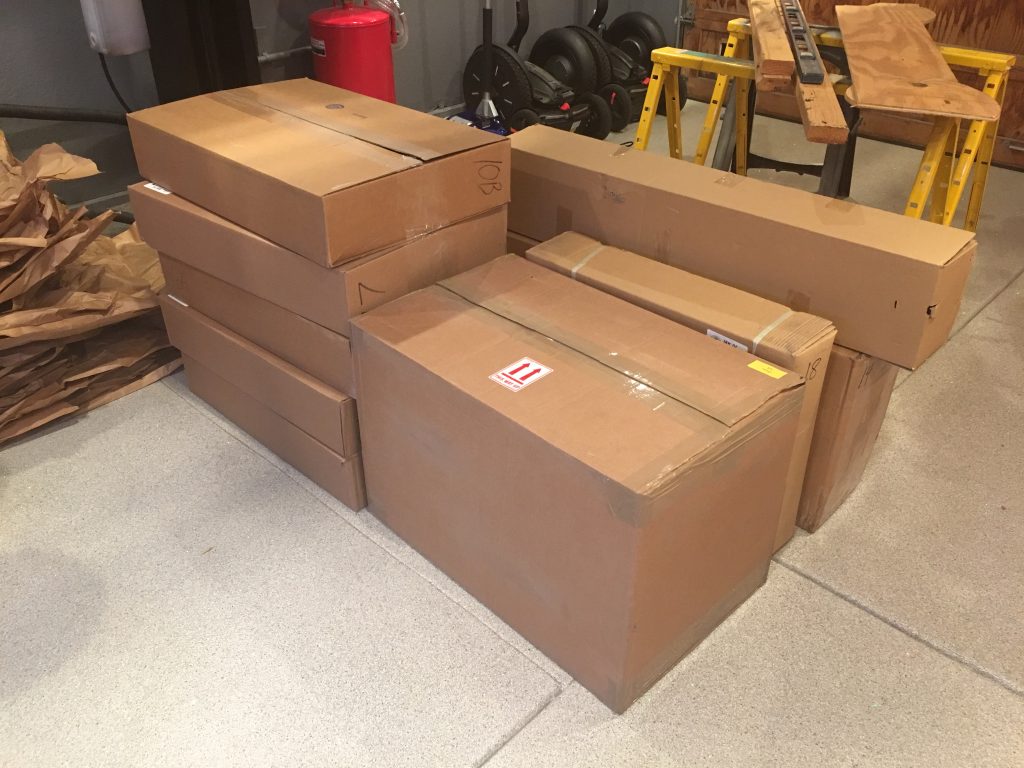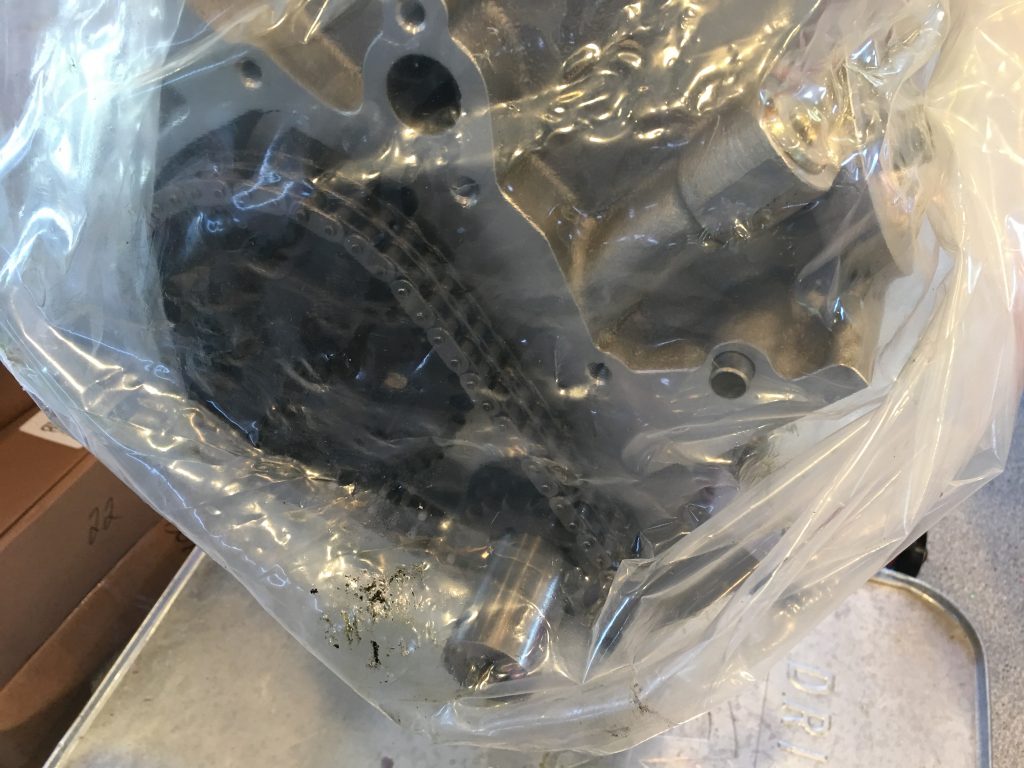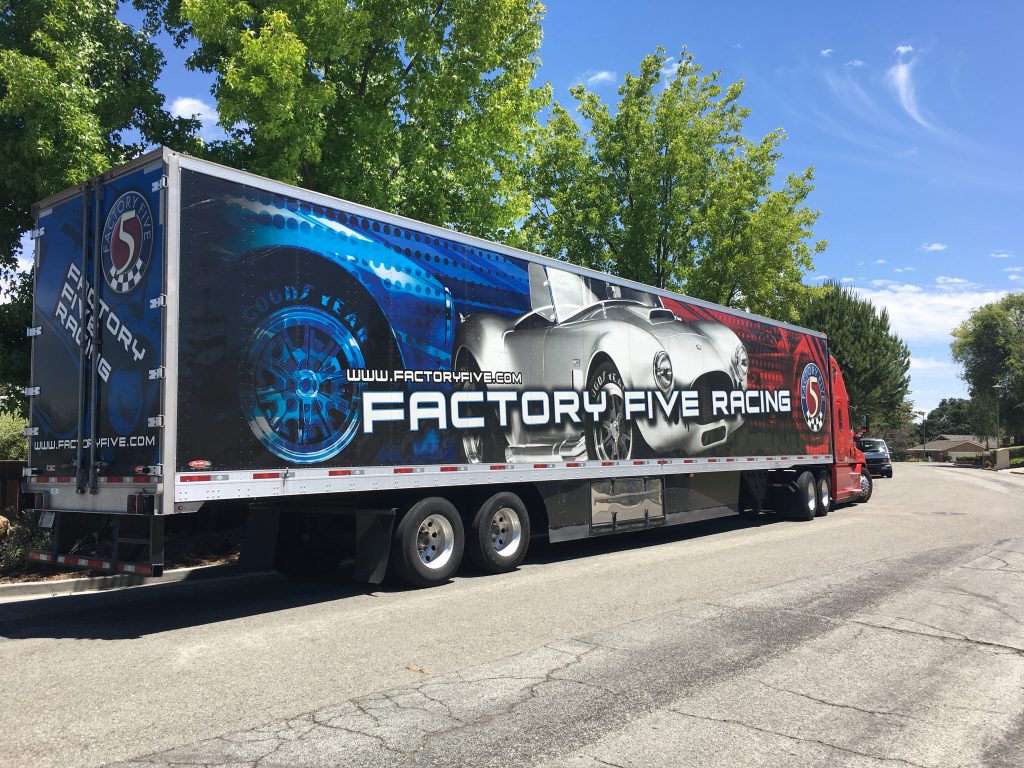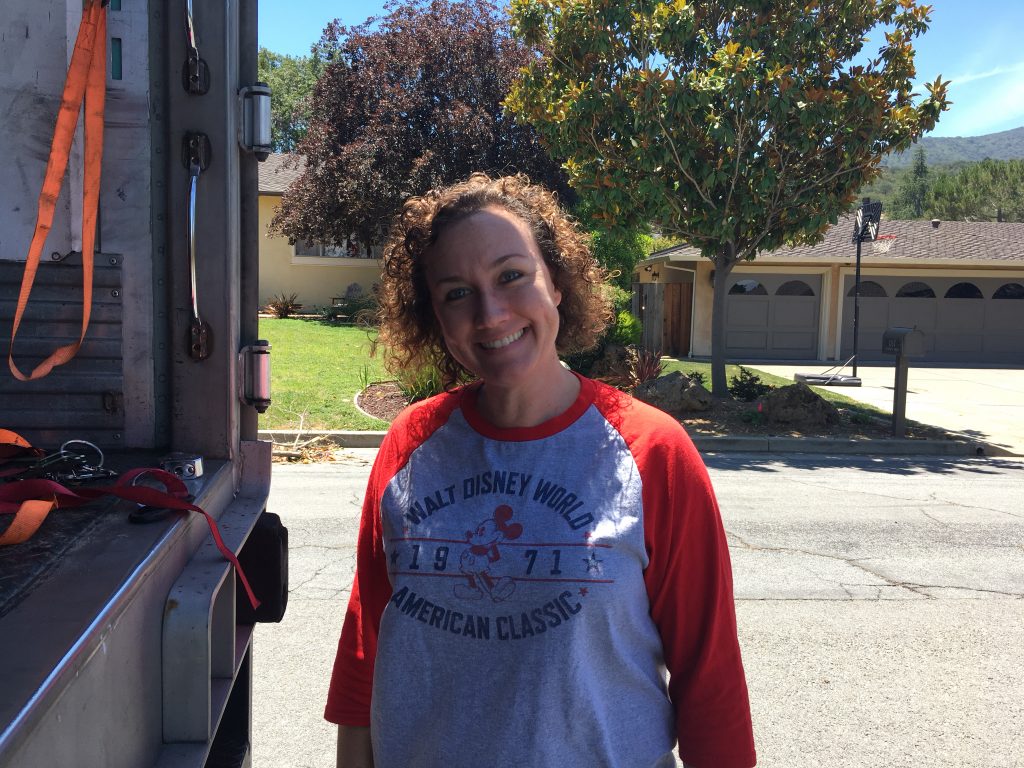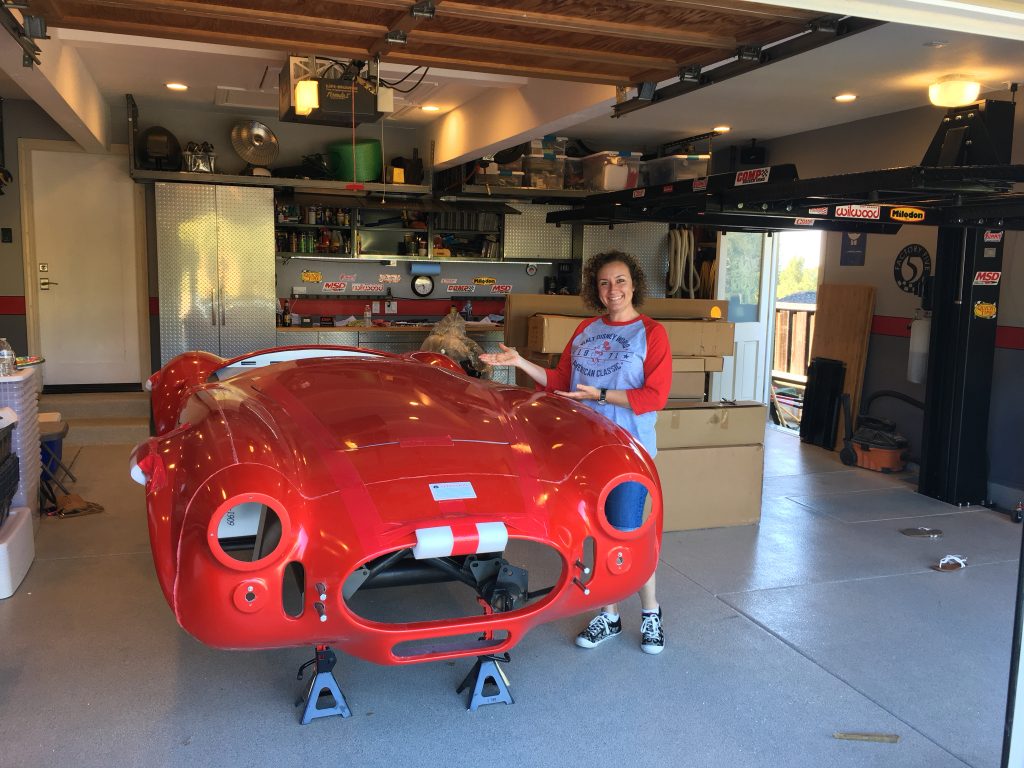I spent some time cleaning up the chassis. Although the workmanship is outstanding, there were a few things I wanted to address:
- There were a number of sharp corners and edges that I wanted to smooth over so we don’t scrape ourselves working on the car.
- All of the laser cut brackets had some sharp burrs from the cutting process that I wanted to clean up.
- There was some weld splatter all over it that I wanted to clean off.
- There were a number of places where they had ground down part of the weld, but I wanted to make them flush so that the aluminum panels would lie flat.
Here’s an example of some of the cleanup I did. There’s still a bit more to do, but the chassis is already looking much better.
The IRS knuckles have a really sharp parting line from the casting process. I didn’t want to get cut working on the car, so I wanted to remove it. I used a carbide burr in a die grinder to take it down flush to the surrounding material (you can see the difference below between the left and the right side). After grinding it down, I used a scotchbrite roloc disk to smooth out the surface. This took longer than I expected, so I only completed one side.

